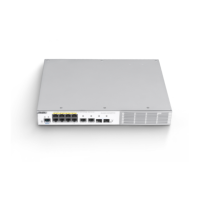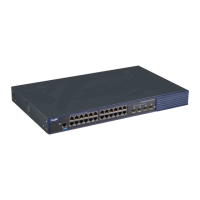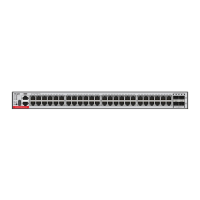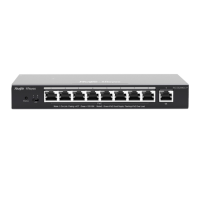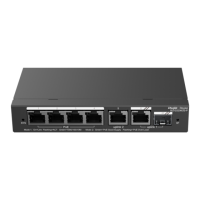CLI ReferenceInterface Configuration Commands LLDP Configuration Commands
identifier 1
Apply the emergency telephone number information (ID=1) to the interface 0/1.
Ruijie#config
Ruijie(config)#interface gigabitethernet 0/1
Ruijie(config-if-GigabitEthernet 0/1)#lldp location elin identifier 1
show lldp tlv-config interface
Display the attributes of advertisable TLVs
Only supported by switch products.
{voice | voice-signaling} vlan
Configure an LLDP network-policy. Use no form of this command to delete the policy application type.
{ voice | voice-signaling } vlan { { vlan-id [ cos cvalue | dscp dvalue ] } | { dot1p [ cos cvalue | dscp
dvalue ] } | none | untagged }
no { voice | voice-signaling } vlan
Specify the voice application type.
Specify the voice-signaling application type.
(Optional) Specify the VLAN ID of voice flows. Range: 1-4094.
(Optional) Class of service
(Optional) Configure the COS value of voice flows. Range: 0-7. Default: 5.
(Optional) differentiated services code point
(Optional) Configure the DSCP value of voice flows. Range: 0-63. Default: 46.
(Optional) Configure 802.1p priority tagging. The TAG frame only contains
user_priority. VLAN ID: 0.
(Optional) Indicates no network-policy will be delivered. VoIP decides the network
policy based on VoIP configuration.
(Optional) Indicate VoIP sends untagged frames in the voice VLAN. The VLAN ID
and COS values are ignored.
LLDP network-policy configuration mode
Enter the LLDP network-policy configuration mode and configure an LLDP network policy.
voice indicates the voice data type. voice-signaling indicates the voice signaling type.
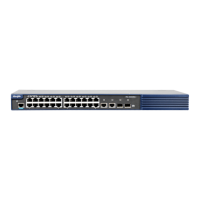
